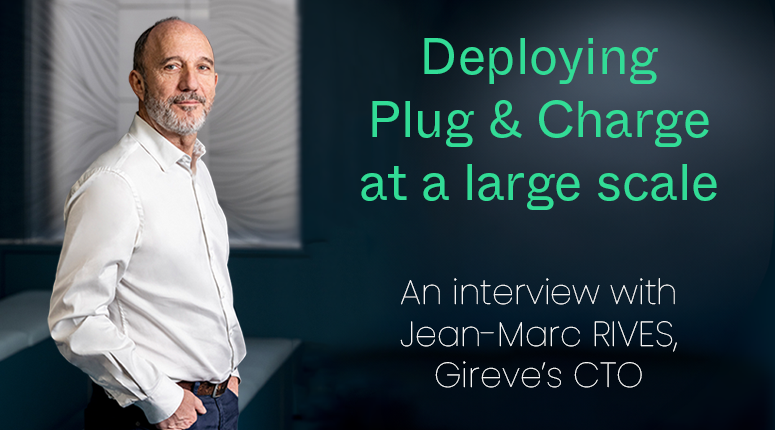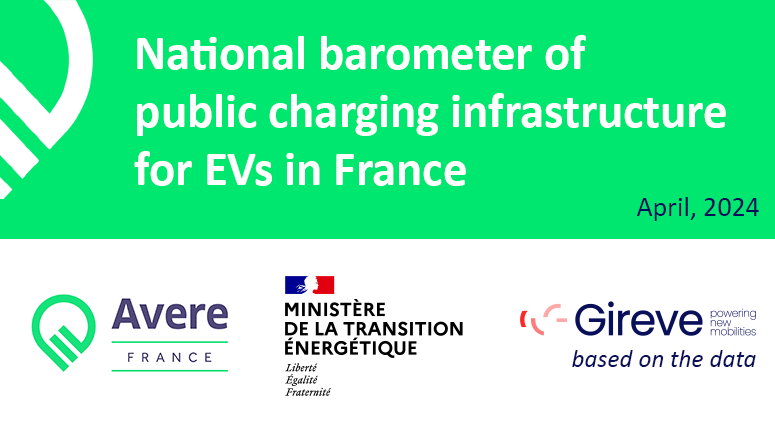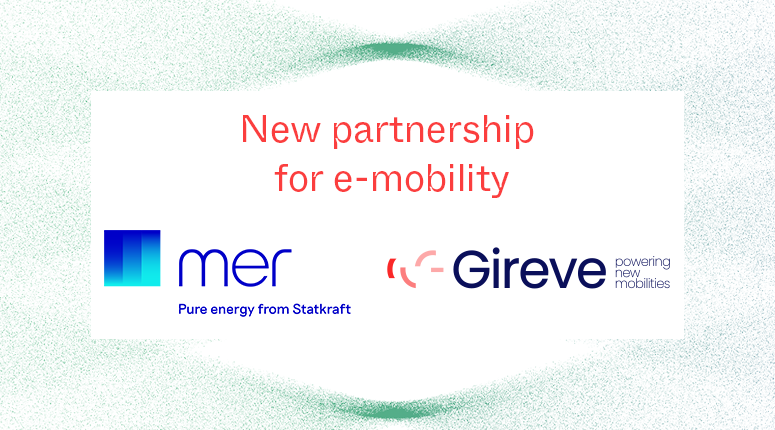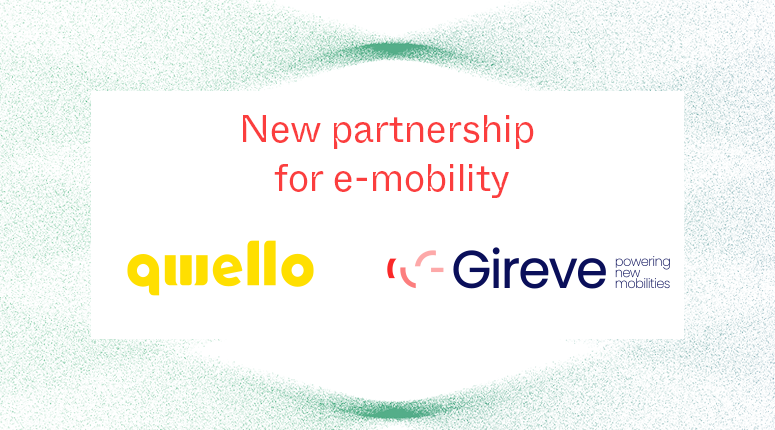
Gireve has been involved in Plug & Charge projects for several years. As a key partner of e-mobility players, we offer a range of services to connect stakeholders and create an open ecosystem with a high level of security.
After publishing PNCP, the IT protocol for our Plug & Charge services, our CTO Jean-Marc Rives took a moment to look back on our contributions to develop a protocol adapted to market trends. In addition, he answers the most frequently asked questions about market structuring.

Let’s start from the beginning. Can you tell us where we can find the PNCP protocol and tell us more about it?
Jean-Marc Rives : Of course, our protocol is open source, which means it’s available to everyone. You can find API descriptions on the dedicated website. We also opened a testing environment several months ago to facilitate its adoption. Several partners have already taken part in demonstrations. For instance, we carried out a demonstration on pool interoperability with Stations-e.
PNCP is based on current IT standards. Can you explain how it simplifies implementation for market players, and how it integrates interoperability issues?
JMR : PNCP is a protocol based on current IT standards such as JSON/REST. What’s more, we’ve adopted certain principles from industry standards such as OCPI and EST, for easier implementation. As a result, a CPO or eMSP that has already established an OCPI connection will quickly find its way around. Similarly, players who have already interacted with PKIs via market standards such as EST will recognize things they already know.
Finally, the protocol is based on a standardized definition of players and roles: eMSP, CPO and Car Manufacturer, pool operators.
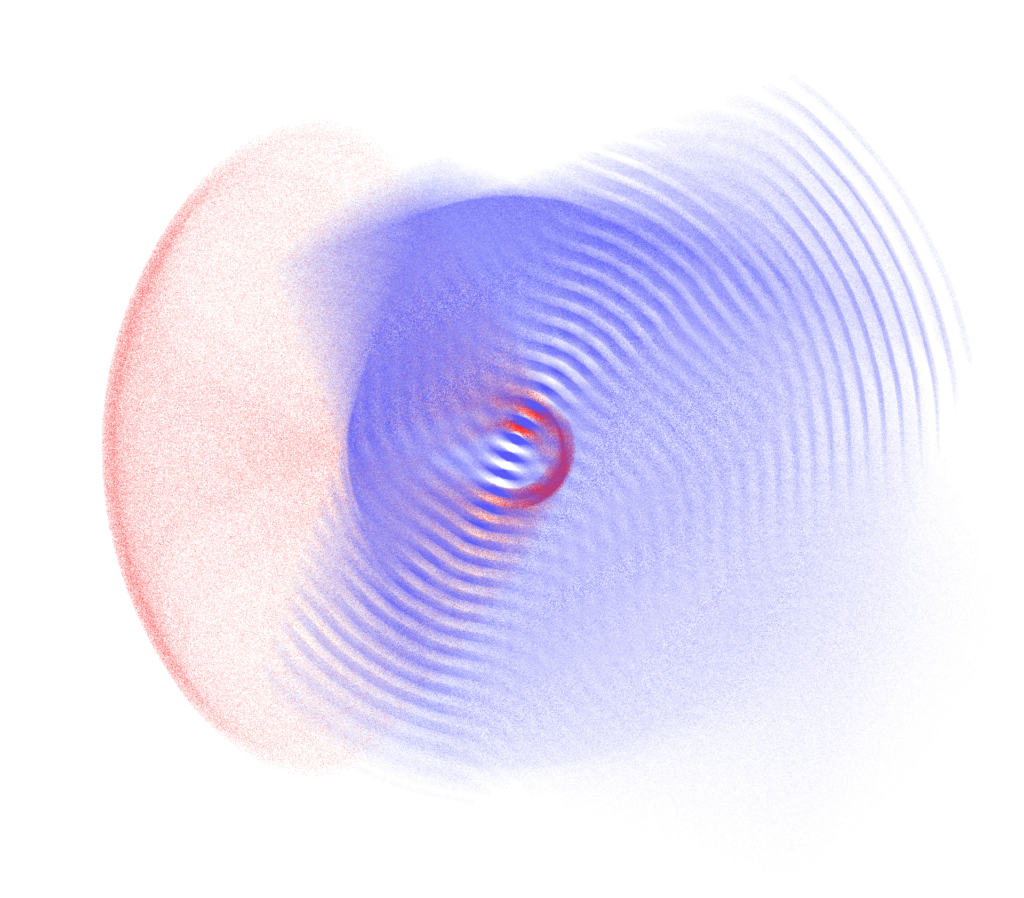
PCNP enables software solution providers to offer differentiated services to their operators (CPO or eMSP), via a single technical connection.
In addition, it defines key business objects such as certificates, bundles and pools. It is built on definitions commonly accepted since 2014. It is also used in the VDE deliverables, CharIN groups and in the work of the European Commission.
It’s important to stress that PNCP is natively interoperable: it’s compatible with a multi-V2G Root market, which is why we integrate both the Gireve-V2G Root CA PKI and the CharIN PKI. PNCP also enabled us to prove the technical feasibility of interconnection between pool systems, which we demonstrated in November 2022 with our partners from Mobena and Elaad. We wanted to integrate these elements from the beginning, ensuring that PNCP can evolve in a market that is being built.
The PNCP protocol is the only one that enables multi-tenant* players to establish a single connection for all their tenants. This is a source of simplicity and robustness while it allows them to offer differentiated services.
*an operator in charge of several client accounts

You are a member of several Plug & Charge working groups. Could you tell us how the market is evolving?
Firstly, the Plug&Charge deployment is just starting, and the market is still in the process of organizing itself. Since 2018, we’ve been working on the deployment of the ISO15118 standard and the development and standardization of PKI architectures with Elaad, the European Sustainable Transportation Forum (STF) working group, the EV Roaming Foundation and AFIREV in France. Moreover, we are involved in working groups on Plug & Charge development, best practices, and shared rules at European and international level, within Mobena and CharIN.

We believe in the development of a free, robust and fair market, which, applied to the 15-118 standard, will enable the flexible and competitive Plug & Charge services.
Moreover, we believe that Plug & Charge should not be restricted to a premium segment: high-end vehicles, ultra-fast charging stations…. Scaling up electromobility requires ease of use and operational safety. Plug & Charge, based on ISO15118, offers major progress in both these areas. That’s why we all need it to be deployed quickly.
We are a major contributor to the development of a shared, standardized vision within CharIN and other working groups: actors and roles, main objects and data, common vision of use-cases, standard protocol…

Right, but considering CharIN’s work on the standard protocol, and considering the market developments, why did you publish PNCP and why are you offering to implement it?
JMR : PNCP is open to everyone. It’s based on a license that encourages collaboration and widespread adoption. We built it to be scalable and compatible with different scenarios, including multiRootCAs. In short, implementing it is highly relevant, as it allows e-mobility players to unlock significant technical advantages right now.
We also believe that standardization of protocols is a major factor in reducing the overall costs of the recharging ecosystem, and therefore of electromobility. It enables the diversification of service providers, reversibility and the emergence of new players, all of which are necessary for a dynamic, agile market and the eradication of monopolistic situations.
A standard works effectively, provided it is broad and powerful, covering all current and future applications. But modifying a standard used by hundreds of players can be complicated.

Defining a standard is therefore a delicate task. We need to share a common vision of use cases, of the diversity of players involved, and to collect all the good ideas from all sides. In other words, it’s a question of finding the right balance between tried-and-tested but limited existing solutions, and the necessary additions and modifications. To sum it up: we’re not trying to re-invent the wheel, but we don’t want to bear a millstone in the future.
It’s in this context, with this vision, that we published PNCP’s APIs. It’s a contribution to the work on the standard. We’re putting our expertise, our know-how and our feedback from connecting hundreds of players over the years at the disposal of the common reflection. We’re playing it straight. We also contribute by actively participating in CharIN’s working group to build the standard protocol.

PNCP is not just a stand-alone solution. Its publication is also intended to facilitate work on the standard protocol, by joining in the debate with Gireve’s experience. It meets current needs while being aligned with a vision of an open, transparent, reliable and interconnected electric mobility market.
By implementing PNCP, industry players can be both future-ready and competitive today.
You claim that PNCP is the most secure solution. Can you tell us more about this ?
JMR : Indeed, security is a priority for us. Therefore, we have taken specific measures to ensure the security of PNCP throughout all exchanges. First of all, the authentication mechanisms used to establish a connection with Gireve’s Trust environment have been carefully designed. In addition, the services accessible via PNCP are based on Cryptography modules from Thalès, a world leader in this field. Last but not least, we have integrated elements into the protocol to facilitate maintenance and diagnostics. Because robustness also implies the ability to resolve problems quickly and efficiently.
